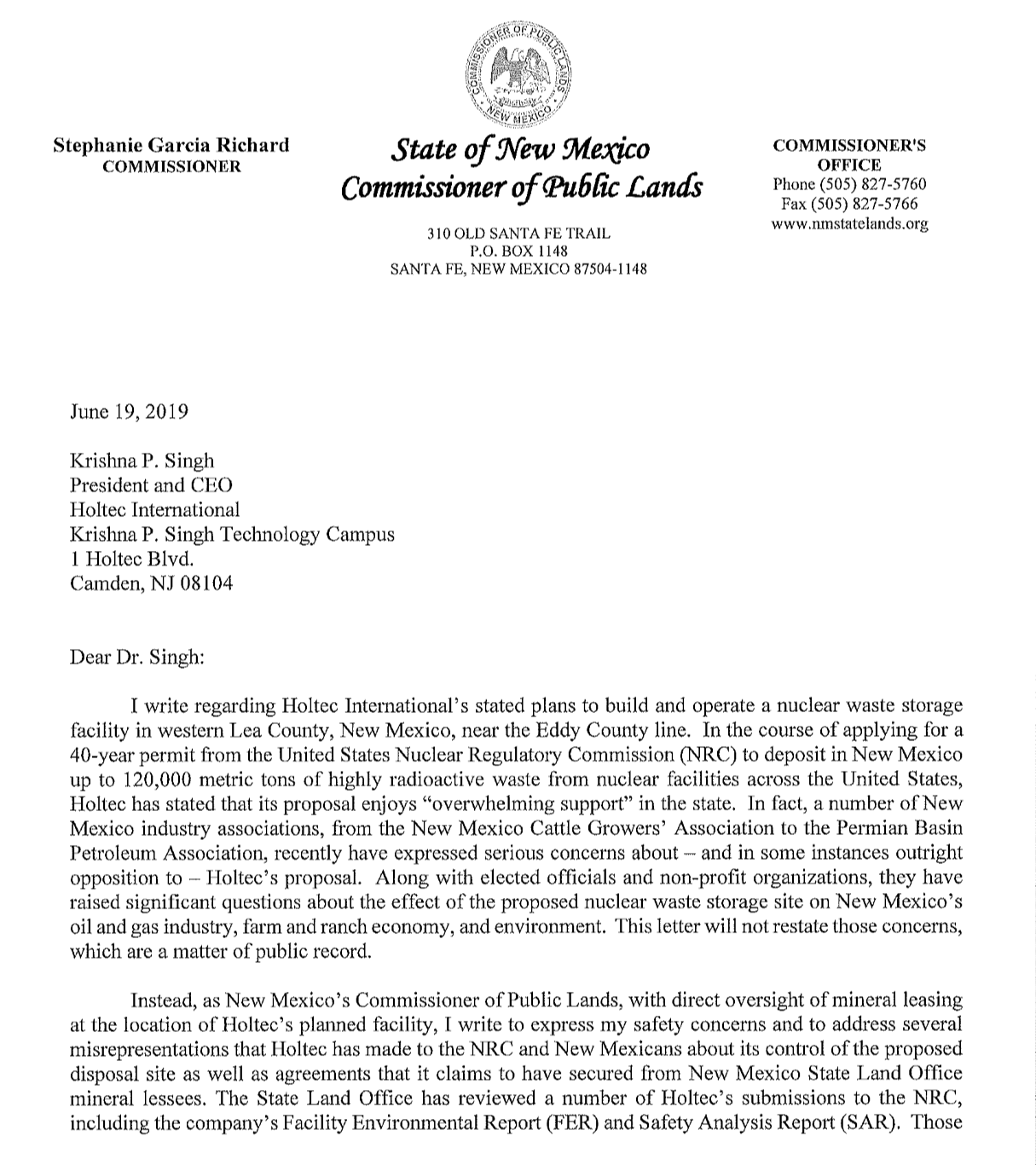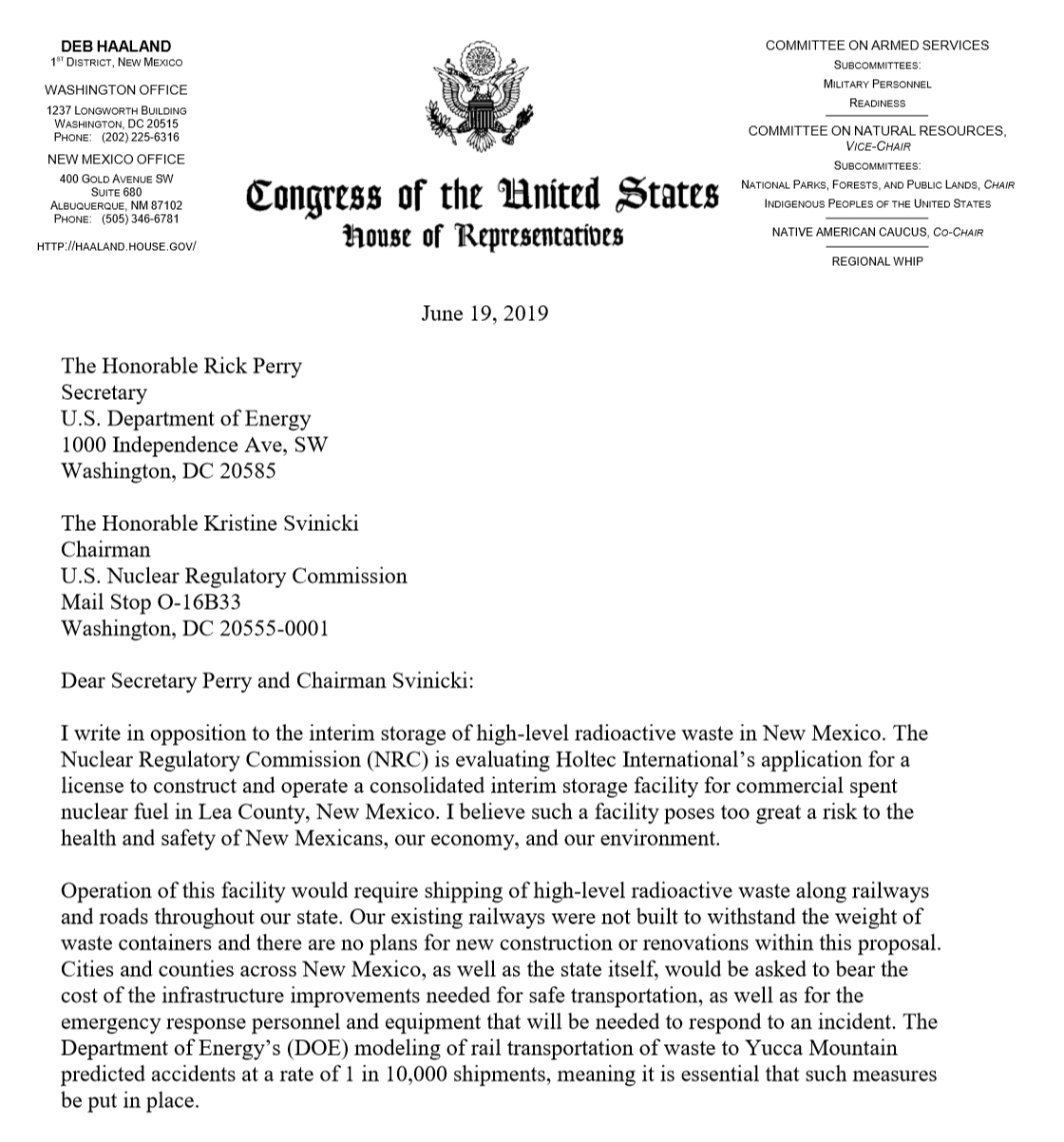2020
Nothing Found
It seems we can’t find what you’re looking for. Perhaps searching can help.
2019
Nuclear weapons: experts alarmed by new Pentagon ‘war-fighting’ doctrine
US joint chiefs of staff posted then removed paper that suggests nuclear weapons could ‘create conditions for decisive results’
[T]he new document “is very much conceived as a war-fighting doctrine – not simply a deterrence doctrine, and that’s unsettling”. – Steve Aftergood of the Federation of American Scientists, who downloaded and publicized the new policy document before the Pentagon pulled it from the internet.
theguardian.com | The Pentagon believes using nuclear weapons could “create conditions for decisive results and the restoration of strategic stability”, according to a new nuclear doctrine adopted by the US joint chiefs of staff last week.
The document, entitled Nuclear Operations, was published on 11 June, and was the first such doctrine paper for 14 years. Arms control experts say it marks a shift in US military thinking towards the idea of fighting and winning a nuclear war – which they believe is a highly dangerous mindset.
“Using nuclear weapons could create conditions for decisive results and the restoration of strategic stability,” the joint chiefs’ document says. “Specifically, the use of a nuclear weapon will fundamentally change the scope of a battle and create conditions that affect how commanders will prevail in conflict.”
Deb Haaland & New Mexico Land Commissioner Letters of Opposition to Holtec
| New Mexico Land Commissioner’s Letter of Opposition to Holtec | New Mexico Rep. Deb Haaland’s Letter of Opposition to Holtec |
Government watchdog finds 3 issues disrupting US nuclear modernization efforts
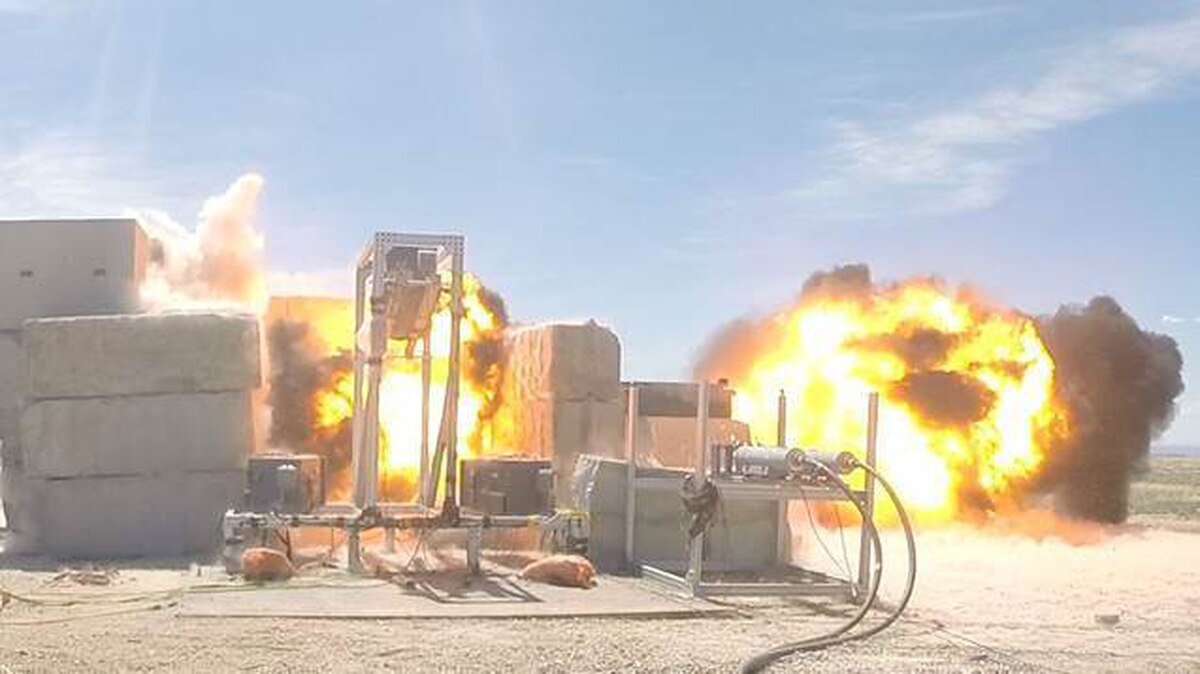
BY KELSEY REICHMANN | defensenews.com June 20, 2019
WASHINGTON — The U.S. agency responsible for making explosive materials used in nuclear weapons is facing challenges that could impact the country’s planned modernization of its nuclear arsenal, according to a report by the Government Accountability Office.
The National Nuclear Security Administration, a semiautonomous agency within the Energy Department, is facing three main challenges, according to the report: a dwindling supply of explosive materials, aging and deteriorating infrastructure, and difficulty in recruiting and training qualified staff.
This report comes amid congressional debate over the cost of modernizing the U.S. nuclear arsenal, an effort driven by President Donald Trump.
NNSA’s supply of materials, which are “highly specialized” with specific chemical and physical characteristics, are in low supply, the report says. Furthermore, the NNSA is lacking the knowledge base to produce the materials, as the recipes to make them were not well-documented, or the processes themselves infrequently practiced, the report notes.
Center for International Policy Calls for Realistic Defense Spending — $1.2 Trillion in Savings Over 10 Years — Eliminate Space Force, New ICBM, New Nuclear Warheads
Center for International Policy
Sustainable Defense: More Security, Less Spending – REPORT
Washington, D.C.—Today, during a briefing on Capitol Hill, the Sustainable Defense Task Force, which was established by the Washington-based Center for International Policy and includes ex-military officers, former Pentagon officials, and former White House and Congressional budget analysts, released a new report on how the Pentagon can save taxpayer dollars while at the same time improving security for our nation. The report, A Sustainable Defense: More Security, Less Spending, details how the U.S. can cut over $1.2 trillion in projected Pentagon spending over the next decade while at the same time improving national security. (A link to the full report is above, and a summary can be found here and a two-page fact sheet is here).
“There needs to be a fresh approach to defense strategy that makes America more secure while consuming fewer resources,” stated William Hartung, co-editor of the report. He continued, “A new strategy must be more restrained than the military-led approach adopted in this century, replacing a policy of perpetual war with one that uses military force only as a last resort when vital security interests are at stake.”
The Sustainable Defense Task Force produced the report to counter the January 2018 National Defense Strategy and the 2019 National Defense Strategy Commission. “The National Defense Strategy Commission report is an exercise in threat inflation that exaggerates the military threats posed by Russia and China while ignoring urgent, non-military challenges to our security,” said report co-editor Ben Freeman of the Center for International Policy.
“At a time of rising nuclear tensions, casually postulating about the potential upsides of a nuclear attack is obtuse in the extreme.”
Senior policy director at the Centre for Arms Control and Non-Proliferation, Alexandra Bell – commenting on the Nuclear Operations document that was taken down from the Pentagon online site after a week, and is now only available through a restricted access electronic library. The Pentagon believes using nuclear weapons could “create conditions for decisive results and the restoration of strategic stability”, according to a new nuclear doctrine adopted by the US joint chiefs of staff last week.
A 1971 French nuclear test explosion on Mururoa atoll in the southern Pacific Ocean. Photograph: AFP“Posting a document about nuclear operations and then promptly deleting it shows a lack of messaging discipline and a lack of strategy. Further, at a time of rising nuclear tensions, casually postulating about the potential upsides of a nuclear attack is obtuse in the extreme.”
Nuclear weapons: experts alarmed by new Pentagon ‘war-fighting’ doctrine theguardian.com
THE U.S. RAISES RED FLAGS ON RUSSIA’S PLUTONIUM EXPERIMENTS — WHILE RAMPING UP ITS OWN
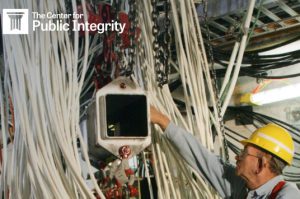
Read the June 18, 2019 Center for Public Integrity article by Patrick Malone
Experiments at Russian and US underground sites are used by both nations to help ensure their nuclear arsenals remain viable but are conducted under a blanket of secrecy. And so they’ve given rise to suspicions, and accusations, that they violate a 1996 global treaty designed to stymie nuclear weapons innovations by barring any nuclear explosions.
Nuclear Weapons Explosives Program Lacks Adequate Future Planning to Address Dwindling Supply
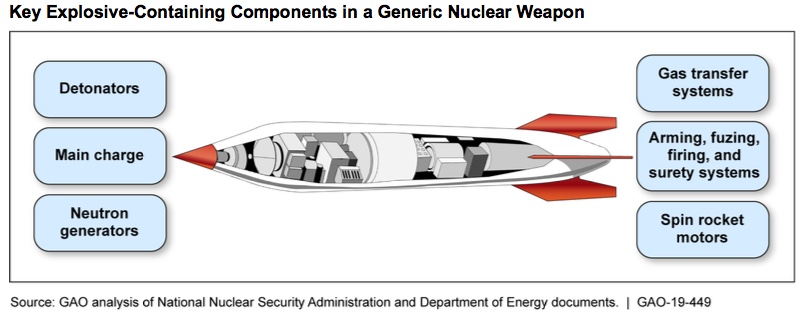
Five National Nuclear Security Administration (NNSA) contractor-operated sites conduct activities to design and produce explosive materials. NNSA officials and contractor representatives identified several challenges related to explosives activities, such as the agency’s dwindling supply of explosive materials, aging and deteriorating infrastructure, and difficulty recruiting and training qualified staff. NNSA issued a plan to address these challenges. But it didn’t follow strategic planning practices that ensure accountability over progress. For example, it generally didn’t include measurable performance goals that identify timeframes and responsible parties.
Critics blast plutonium pit production pitch at Aiken forum
A coalition of nuclear watchers and environmental groups on Friday night hosted a public forum in Aiken, during which speakers unloaded on the proposed plutonium pit production expansion at both the Savannah River Site and Los Alamos National Laboratory in New Mexico.
JUNE 16, 2019 | BY COLIN DEMAREST | aikenstandard.com
The get-together, held at the Aiken Municipal Building, was largely led by Savannah River Site Watch Director Tom Clements. He was backed by Marylia Kelley, the executive director of Tri-Valley CAREs, and Jay Coghlan, who leads Nuclear Watch New Mexico.
Together, the three called into question the actual need for more pits, and the U.S. Department of Energy’s ability to successfully produce them, and discussed at length the environmental and health repercussions that could come with such a significant weapons-oriented mission.
The public “can be effective against bad Department of Energy ideas, like the pit production one,” Clements said early in his remarks.
At least 80 pits per year are needed by 2030, according to the 2018 Nuclear Posture Review, a leading nuclear policy document. Plutonium pits are nuclear weapon cores.
“They keep coming up with this number, 80, and I don’t know where they get this from,” Clements said. “They haven’t justified it.”
[embeddoc url=”https://nukewatch.org/wp-content/uploads/2019/06/SRS-plutonium-bomb-plant6-14-19.pptx” download=”all” viewer=”microsoft”]
Forum addresses plutonium pit expansion at SRS
BY SARAH LEBLANC | augustachronicle.com
AIKEN — A forum regarding the Department of Energy’s proposed expanded production of plutonium pits at Savannah River Site was held Friday evening.
About 70 people gathered in the auditorium of the Aiken Municipal Building to hear speakers present information against the proposal and encourage the public to write to their representatives in opposition to the plan.
The Department of Energy has proposed to use the former Mixed Oxide Fuel Fabrication Facility as the location to produce about 50 plutonium pits per year. The pits make up the radioactive cores of nuclear weapons.
Tom Clements, director of Savannah River Site Watch, said the department should not rush into a new project at the MOX plant, which was shut down in October.
2018
Nothing Found
It seems we can’t find what you’re looking for. Perhaps searching can help.
2017
Nothing Found
It seems we can’t find what you’re looking for. Perhaps searching can help.
2016
Nothing Found
It seems we can’t find what you’re looking for. Perhaps searching can help.
2015
Nothing Found
It seems we can’t find what you’re looking for. Perhaps searching can help.

